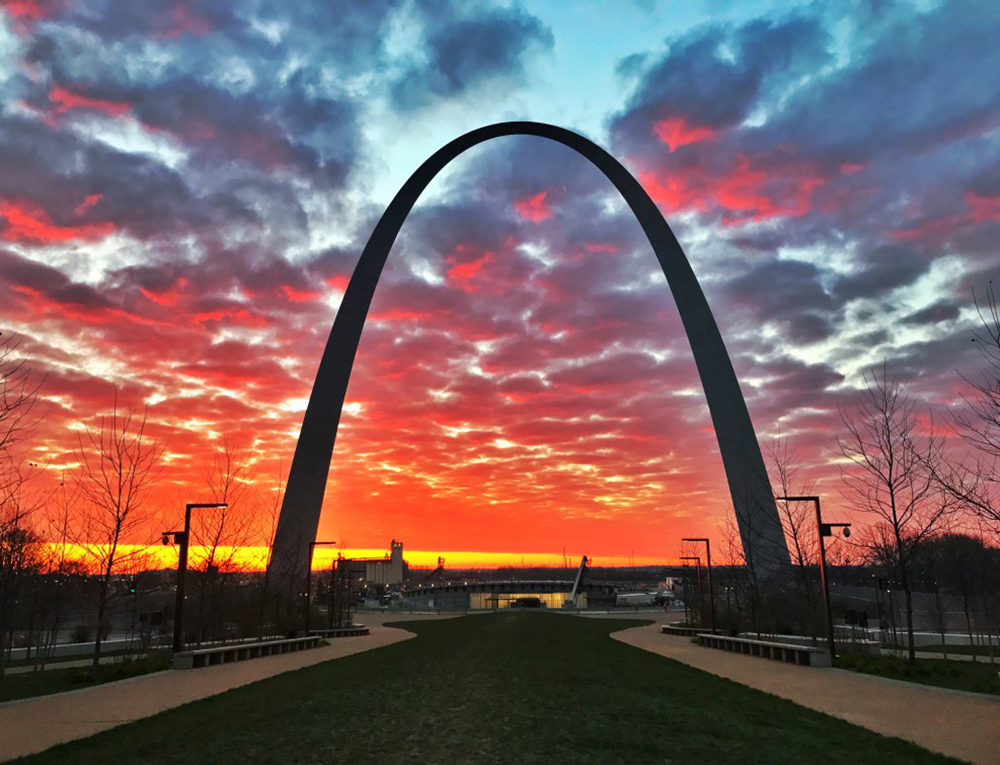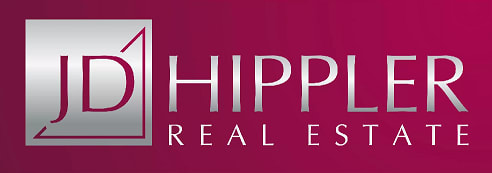For most people, buying a home ushers in a period of financial self-reflection unlike any they’ve experienced before. As you evaluate the many homes you’re likely to tour while searching for your dream house, purchase price and mortgage financing are probably the first factors you’ll consider. Gas, electric, water, and routine maintenance costs are also probably on your radar. But one significant cost some first-time buyers overlook as they create their home-buying budget is homeowner’s insurance.
Secure The Best Homeowner's Insurance In St. Louis

Securing the best homeowner’s insurance for your needs takes some basic knowledge and simple research. Unless you’re paying cash for your home, the first thing you need to know is that homeowner’s insurance isn’t optional. All mortgage lenders will require that you carry a homeowner’s policy. (And even if you are paying cash, it’s downright foolish not to have homeowner’s insurance.) Your lending institution will also, to some degree, dictate how much coverage you need to buy. They have a financial interest in your home and setting a minimum level of insurance coverage is how they protect it. Unfortunately, they don’t pick up the tab; you do.
Broadly speaking, homeowner’s insurance protects you and your bank against two risks: property damage and liability. Property damage can range from a tree falling on your roof to an attic fire caused by a lightning strike. Coverage for stolen or vandalized property also falls under the general heading of property damage. Liability insurance protects you in the event of an accident. If a friend slips and falls while walking on the icy front steps, it covers the damages he or she suffers. It also covers the cost of your legal representation should you be sued following an accident.
Insurance Policies Are Complicated

Insurance policies are complicated documents and demand careful reading. If you’ve never purchased a home before, you may want to ask your realtor to walk you through any policy you’re considering. Knowing exactly what your policy does or does not cover will make you a much wiser shopper and happier insurance customer in the event of a claim.
Property damage insurance comes in two flavors. The first, known as actual cash value coverage, reimburse you the dollar amount that’s considered fair market value for any damaged property. For example, under an actual cash value policy, if your three-year-old top-of-the-line 65-inch TV set is damaged in a fire, your insurer won’t pay you the amount it would take to replace it with a new, comparable TV. Instead, you’ll get however much it would cost you to buy a three-year-old TV at a used appliance store or tag sale.
By contrast, replacement cost insurance will put enough money in your pocket to purchase a brand new TV. It will also pay the cost of recreating old-fashioned craftsmanship in your home. If your antique mahogany French doors or Victorian ceiling medallions are ravaged in a fire, replacement cost insurance will allow you to hire the experts you need to have them rebuilt to their original specifications. Bear in mind, however, that replacement cost insurance only applies to items you do replace. If you choose not to replace a damaged piece of property, your insurer will only pay you the actual cash value.
Living In St. Louis You Might Consider Supplemental Insurance

Depending on where you live, you may want to purchase supplemental insurance that covers you in the event of natural disasters. While wind damage from hurricanes and tornadoes are usually covered by standard policies, most off-the-shelf policies have exclusions for losses due to flooding or earthquakes. Even a minor basement flood following heavy rainfall can destroy carpeting, electronics; and furniture; without optional water damage insurance, you’ll be out of luck under those circumstances.
Other coverage options you may want to consider are medical bill payments to injured parties should an accident occur on your property, living expense reimbursement if you’re forced to live elsewhere while your home is being repaired, and specific coverage for jewelry and other high-value items—a favorite target for burglars.
Most insurance experts offer one bit of common-sense advice. Take the time to walk around your house with your smartphone and take pictures of your belongings—particularly any jewelry, antiques and expensive electronics you may have there. If thieves break-in or fire breaks out, you’ll have proof of what you lost. Taking photos can make the claims process simpler. Upload your photos to the cloud, or put them on a flash drive for a friend to keep—otherwise they may be damaged along with your home in the event of a fire or flood.
Depending on the size of your home and your zip code, you can expect a basic homeowner’s policy with no endorsements or riders to cost you between $1000 and $2000. The average cost of a homeowner’s policy in the US is $1192. The greater the size of your home, the more you will pay. Some insurers require that you pay your premium in one lump sum annually, while others allow you to pay monthly as part of your mortgage payment. If you’re concerned about high premiums, there are ways to lower the cost of your policy. They may increase your expenses in the short term but make sense over time.
Insurance Discount Bundles

Most insurers offer a discount if your home features a security system. If you live in an older home, upgrading your electric service, installing new wiring, and replacing old plumbing can also bring down costs. Most insurance companies will discount both your home insurance and your auto insurance rates if you “bundle” them together. As is the case with any large purchase, it pays to shop around. Many websites can help you compare quotes from several insurers and help you get the best possible deal on your policy.
Call JD Hippler today at (314) 414-3711 or contact us here today.






